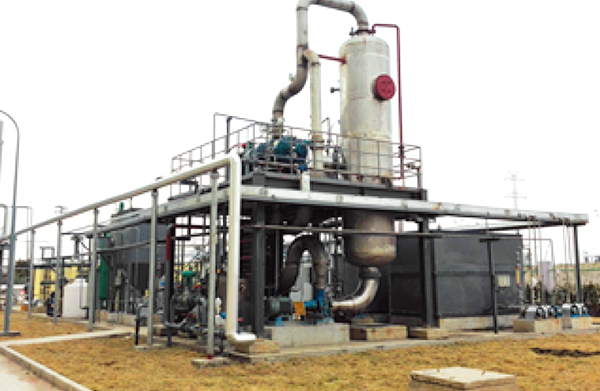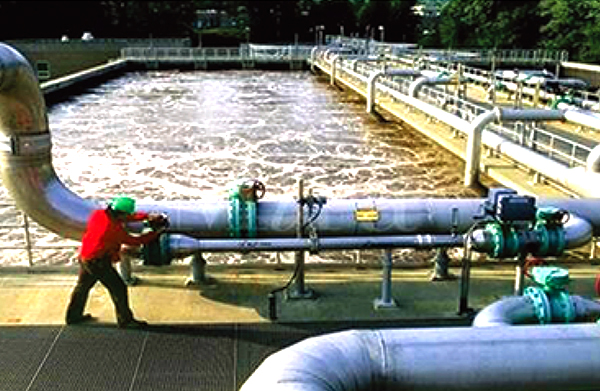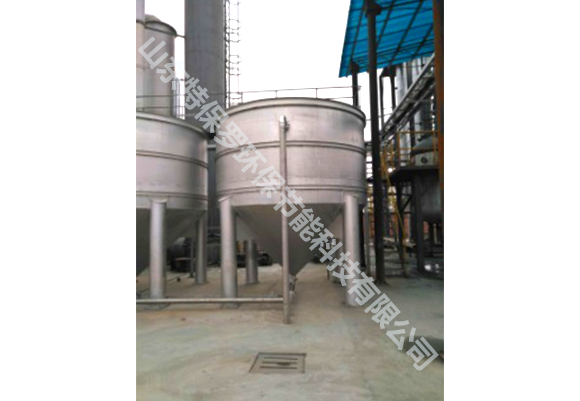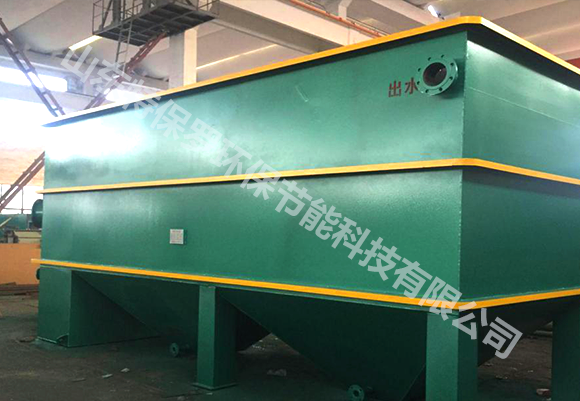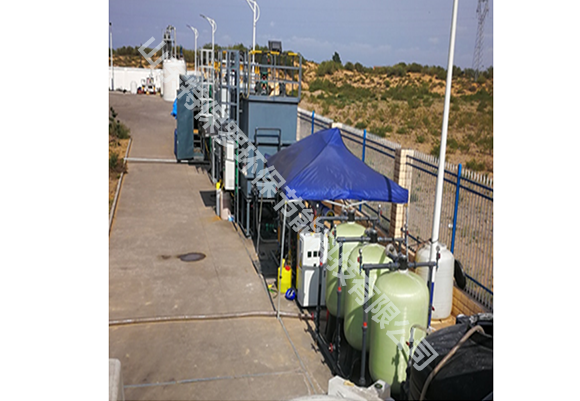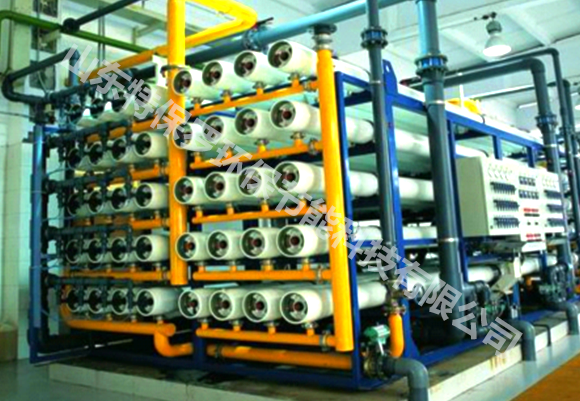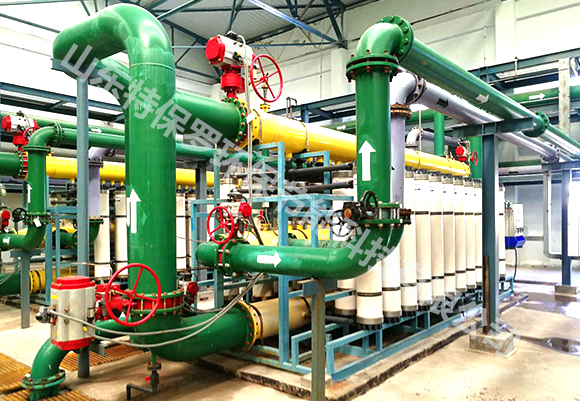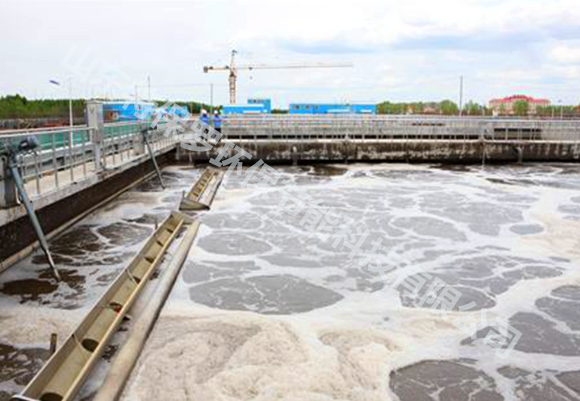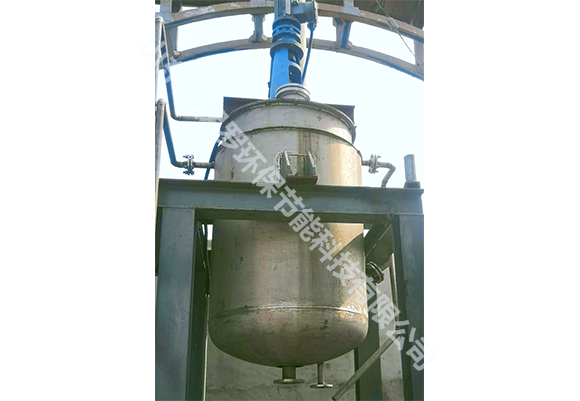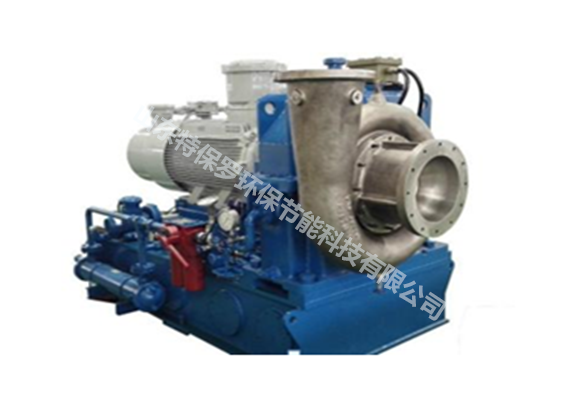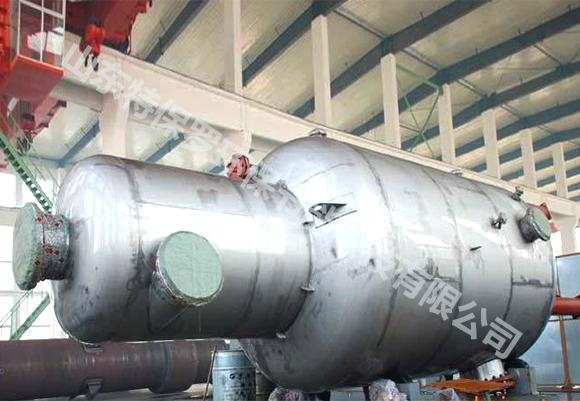Biochemical treatment

Definition:
The biochemical treatment method is referred to as biological treatment or biochemical method. The treatment process of the method is to mix waste water or solid waste with microorganisms, and use the biochemical action of microorganisms to decompose organic substances in the wastewater and certain inorganic poisons (such as cyanide, sulfide, etc.) and convert unstable organic and inorganic toxic matter into on-toxic substances. According to the presence or absence of oxygen during the reaction, it can be divided into aerobic biological treatment and anaerobic biological treatment.
Aerobic treatment:
Aerobic treatment refers to the biochemical process of degrading and transforming organic matter into humic substances under the conditions of suitable carbon-nitrogen ratio, water content and oxygen with the participation of microorganisms. The reaction speed is faster, the reaction time required is shorter, and during the reaction process, there is basically no odor, which is more sanitary.It is suitable for wastewater with BOD5 concentration of less than 600 mg/L. Aerobic biochemical treatment includes activated sludge method and biofilm method.
Anaerobic treatment:
The Anaerobic Process is a process of biodegradation of organic matter by anaerobic bacteria and facultative bacteria under the anaerobic conditions to form the nutrient and environmental conditions required for anaerobic microorganisms. Anaerobic digestion has the following advantages: no need for agitation and oxygen supply, low power consumption; can produce a large amount of methane-containing biogas which is a good energy substance for power generation and domestic gas; the enter water can be at high concentration and maintain high sludge concentration. Therefore, the solvent organic load still needs to be further processed to meet the national standard; the initial start-up time is long; the required temperature is higher and it is sensitive to the poison; after damaged, it needs a long recovery period. The anaerobic biological treatment process of sewage can be divided into anaerobic activated sludge method and anaerobic biofilm method according to the condensed form of microorganisms.
Processing characteristics:
1. The energy consumption can be greatly reduced during the treatment, and the bioenergy (biogas) can also be recovered;
2. The sludge yield is very low. The rate of increase of anaerobic microorganisms is much lower than that of aerobic microorganisms. The yield Y of acidogenic bacteria is 0.15~0.34 kgVSS/kg COD, and the yield Y of methanogens is 0.03 kgVSS/kg COD. , and the yield of aerobic microorganisms is about 0.25~0.6 kgVSS/kg COD;
3. Anaerobic microorganisms may degrade or partially degrade some organic substances that cannot be degraded by aerobic microorganisms;
4. The reaction process is more complicated, anaerobic digestion is a continuous microbial process that works by a variety of microorganisms of different natures and functions;
5. It is sensitive to environmental factors such as temperature and pH;
6. The effluent water quality is difficult to reach the standard only with the anaerobic treatment.Further treatment by aerobic method is needed;
7. The smell is heavy, especially the odor;
8. The removal effect of ammonia nitrogen is poor.





